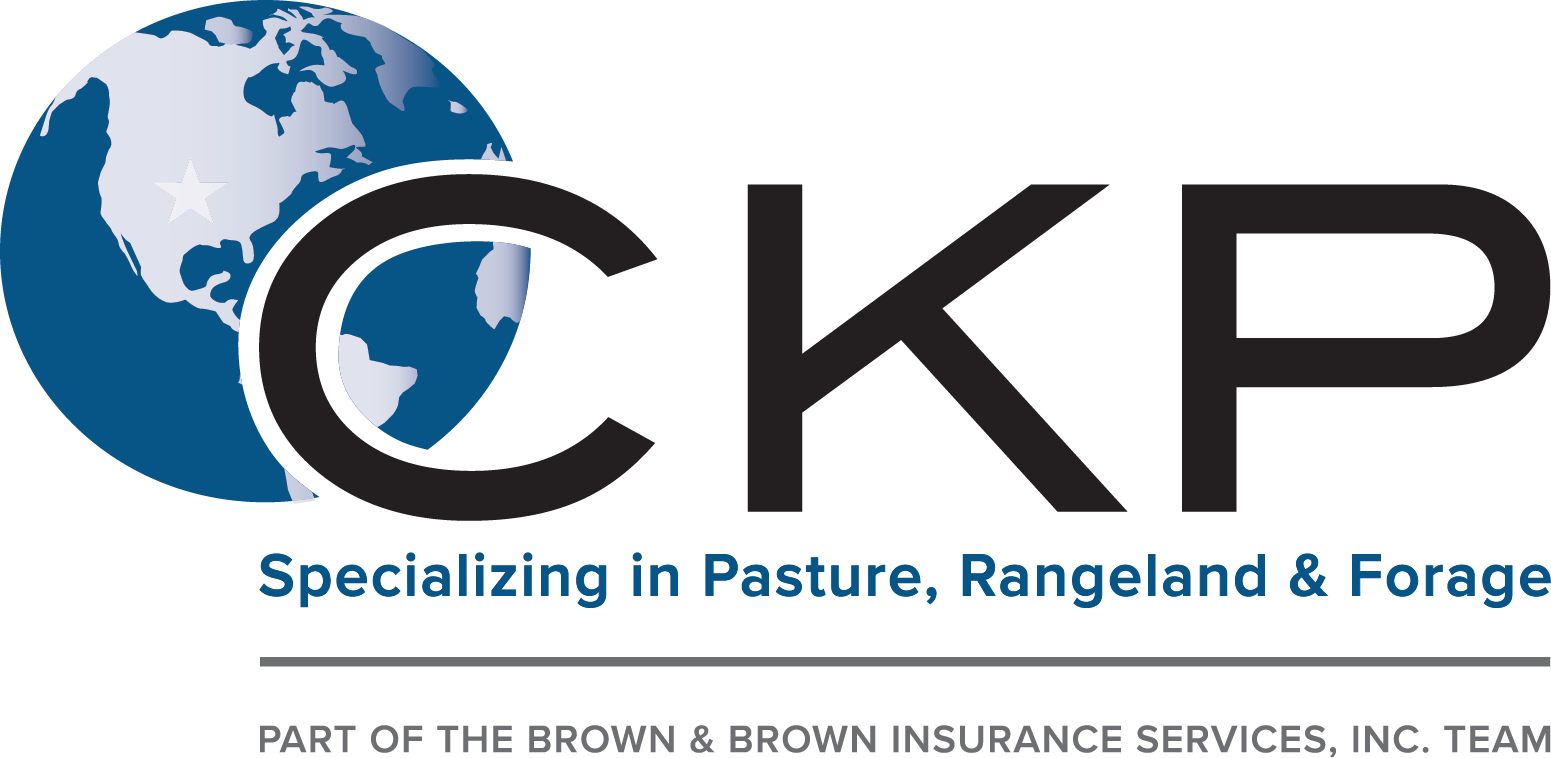Facts About Bagley Risk Management Uncovered
Facts About Bagley Risk Management Uncovered
Blog Article
Specialist Guidance on Risk Evaluation and LRP Insurance Coverage Solutions

The Relevance of Threat Analysis
Reliable danger evaluation is essential in the decision-making procedure of any kind of company, assisting critical preparation and source allowance. By systematically identifying, evaluating, and focusing on possible threats, services can prepare for challenges, take advantage of opportunities, and make notified options to achieve their purposes. Threat evaluation permits organizations to proactively address susceptabilities, alleviate risks, and enhance their risk monitoring methods.
One of the key advantages of risk analysis is its function in enhancing functional performance. By understanding the prospective risks that can affect various elements of the company, companies can improve processes, allocate sources better, and minimize the likelihood of expensive disruptions. Risk evaluation makes it possible for business to abide with regulatory demands, protect their online reputation, and develop count on with stakeholders.
Comprehending Potential Losses
To comprehend the influence of threat assessment, it is necessary to comprehend the prospective losses that might dramatically affect a company's operations and financial stability. Potential losses can occur from different sources, including natural catastrophes, economic recessions, functional failings, regulative modifications, and cybersecurity breaches. These losses can lead to direct expenses such as building damages, lawful costs, and fines, in addition to indirect expenses like reputational damage and loss of market share.
Understanding potential losses involves conducting a complete evaluation of the dangers that might appear and estimating the financial impact they might carry the organization. By quantifying these potential losses, businesses can focus on danger mitigation efforts and allocate sources successfully. In addition, a detailed understanding of prospective losses enables companies to make educated decisions when picking danger administration strategies, such as acquiring insurance policy coverage or implementing threat control steps. Bagley Risk Management.
Fundamentally, by recognizing and understanding possible losses, companies can proactively take care of risks and guard their long-term sustainability and success.
Role of LRP Insurance Coverage Solutions
The assimilation of LRP insurance coverage remedies within an organization's threat management framework boosts resilience and strengthens financial security against unanticipated adversities. LRP, or Loss Healing Item, insurance options play a vital duty in alleviating the influence of potential losses by supplying economic defense and support in times of dilemma. These insurance policy remedies are tailored to satisfy the certain demands of businesses, using insurance coverage for various risks such as property damage, company disturbance, responsibility claims, and much more.
By transferring the financial threat to an insurance policy copyright, businesses can focus on their core procedures with higher peace of mind, recognizing that they are secured against substantial monetary losses. Additionally, LRP insurance policy remedies can improve an organization's threat monitoring strategy by supplementing existing threat mitigation measures and making sure extensive defense across all locations of possible vulnerability.
Identifying Secret Risks
In the procedure of danger analysis, an essential step entails identifying crucial risks that have the prospective to influence an organization's procedures and financial security. Determining vital risks requires an extensive assessment of inner and external factors that might pose risks to the company's objectives. Internal risks might include operational inadequacies, compliance problems, or human source difficulties, Recommended Reading while external dangers could encompass economic declines, regulative adjustments, or natural catastrophes.

Additionally, crucial threats need to be on a regular basis reviewed and updated to line up with the vibrant business atmosphere. This aggressive approach enables organizations to stay ahead of prospective dangers and guard their lasting success.
Picking the Right Insurance Coverage
Having actually identified the vital dangers that can affect an organization's procedures and financial security, the next vital action includes carefully selecting the right coverage to effectively take care of and minimize these risks. Companies need to consider their particular risk direct exposure, economic abilities, and tactical objectives when it comes to picking the appropriate protection. It is vital to perform a thorough analysis of the readily available insurance coverage options to ensure that the picked protection aligns with the company's danger management objectives.

Organizations should work closely with knowledgeable insurance specialists to evaluate their threat profiles and determine one of the most why not look here suitable insurance products to address their requirements. Customizing insurance policy coverage to certain threats can help optimize security while decreasing unnecessary costs. Furthermore, companies ought to evaluate plan terms and problems thoroughly to understand the degree of protection given and any kind of potential exclusions that may influence their threat mitigation techniques.
Final Thought
In verdict, danger assessment is crucial in recognizing prospective losses and choosing the best LRP insurance policy services. Expert advice can assist navigate the complexities of threat evaluation and insurance coverage solutions, giving organizations with the necessary devices to efficiently take care of and mitigate threats.
Professional support plays a crucial role in this procedure, providing important insights right into identifying and reviewing threats, as well as tactically selecting appropriate insurance protection customized to reduce those threats efficiently. A comprehensive understanding of prospective losses enables companies to make informed choices when selecting danger monitoring techniques, such as buying insurance policy coverage or carrying out threat control steps.

Report this page